This is my first post.
In which I will try to analyze a prototype that I have been developing, is based on direct topology (Forward)
It is definitely a good candidate and we can all improve it.
Let us begin…
The system is from the thermodynamic point of view closed and open at the same time.
Any system that involves in its energy transfer function a
transformer has a dynamic path open from the virtual point of view,
because the energy supplied by the source has to become magnetic
before reaching the load.
Let's cut to the chase ...
We all know that an inductance integrates the current, E = L (di / dt), being
its slope (V / L) only for u0 and with limits for ferromagnetic cores due
to the hysteresis of it (non-linear).
The value of the same for a given moment is Vton / L and the energy stored in
magnetic form is (1/2) iL ^ 2 / L.
Well, that happens for Flyback topologies, in the Forwards that energy normally
it is returned to the source, the input capacitor; the current that is reflected from the secondary
the primary Ip = Is (Ns / Np) has to assume the source of supply, even here
everything is fine, are the textbooks, remembering that everything is ideal, not considering lost ...
Well, it turns out that if we fix this Forward circuit we find a phenomenon
magnetic that does not have logical analysis, it does not matter how you do it, nor the method.
Without further ado, here is the circuit ...
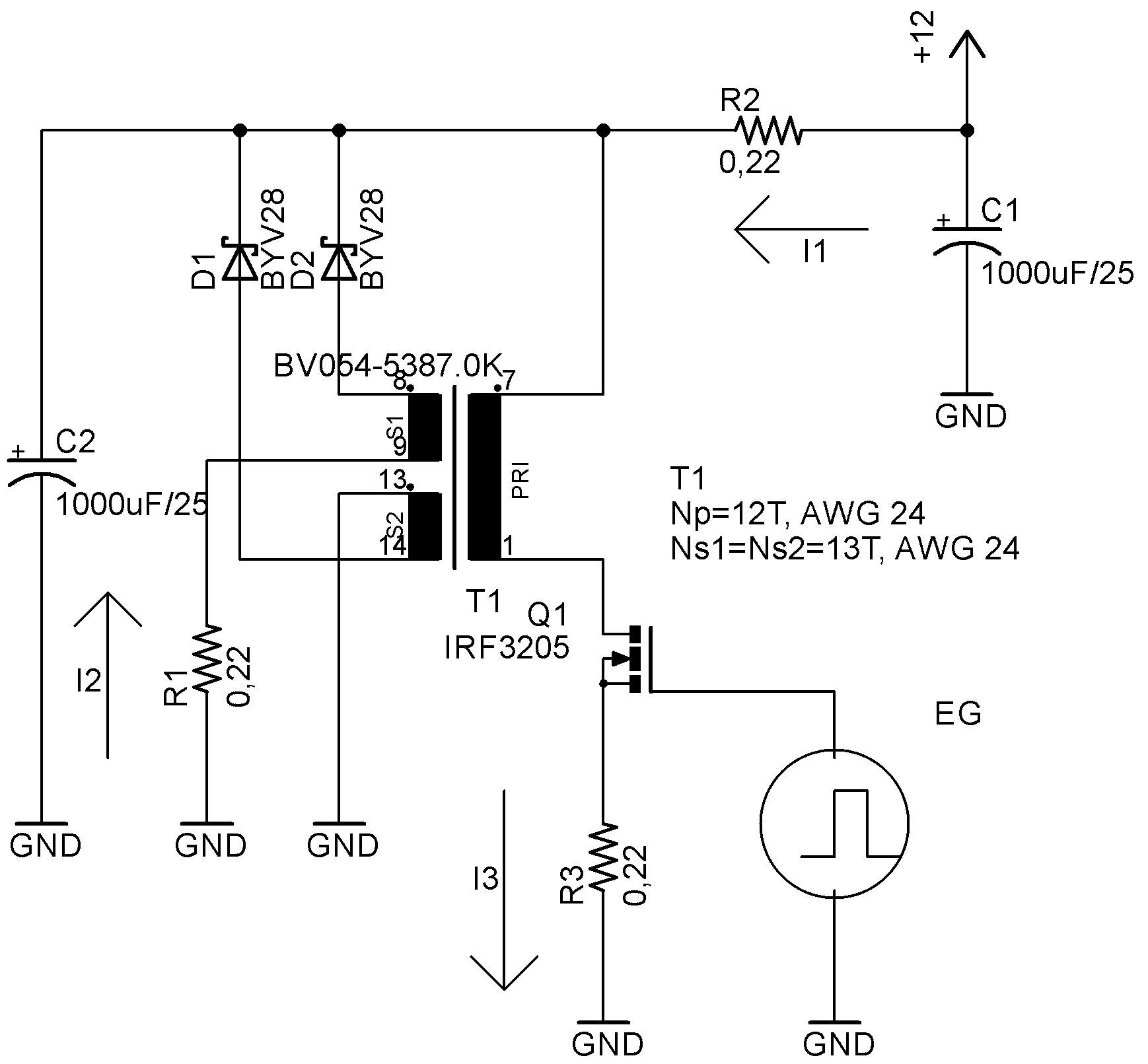
I have drawn the meaning of the currents, if we analyze we will see that I3 = I1 + I2,
an inexplicable phenomenon, but let's continue.
The core is an EFD25 material 3C90, but it can have any geometrical shape and can
calculate the turns of the primary respecting that it does not saturate, then in the secondary add to the voltage
induced diode voltage in forward, this is Np = (EdcTon / (BmAe), where Edc in volts, Ton
in micro seconds, Bm in teslas and Ae in square millimeters and for Ns1 = Ns2 = ((Edc + 1) Np / Edc, in this way they can use the nucleus they have on hand.
The total power absorbed from the source is ...
Pin = 0.5 (di / dt) Edc (Ton / T) which is not more than the sum of the individual absorbed powers
for the components that make up the series lasso, Pr2 + Ppt + Q1loss + Pr3.
Where di / dt is the variation of current in time that crosses R2 and corresponds
only with the primary inductance, ie the magnetized inductance Ipk = (VpTon) / Lp,
the secondary S2 is responsible for returning the energy stored in the inductance
magnetizing during the period when Q1 is off and is E = 0.5Ipk ^ 2Lp, in this way
the input power is reduced to only that of the losses of the circuit and we have a 100% functional forward topology like the ones we see every day.
Now, if we connect the secondary S1 in the way we see in the circuit, we will observe the following; by having induced in the forward direction a voltage equal to that of the primary plus the
drop voltage of the serial diode the voltage that supplies the power supply will be seen
negative in the resistor R1 and the current flowing in said path will be reflected in the
primary, being I1 + I2 for the same time of Ton, the curious thing here is the following.
This current should be supplied by the power source, but it is not, that source
it only feeds the current needed to magnetize the nucleus and S2 becomes a source
more food, this should extract its energy from the environment that surrounds us and what
shows by the temperature difference in the core.
On the other hand, the output power that we take in R3 is 0.5 (di / dt) ^ 2R3 (Ton / T), being the
new di / dt the slope for a Lp much smaller than the initial one, the lower the Lp
higher output power and is tightly bound to the ferromagnetic material that the shape,
specifically with the variation in its permeability.
Excuse me for my English.
YoElMiCrO.








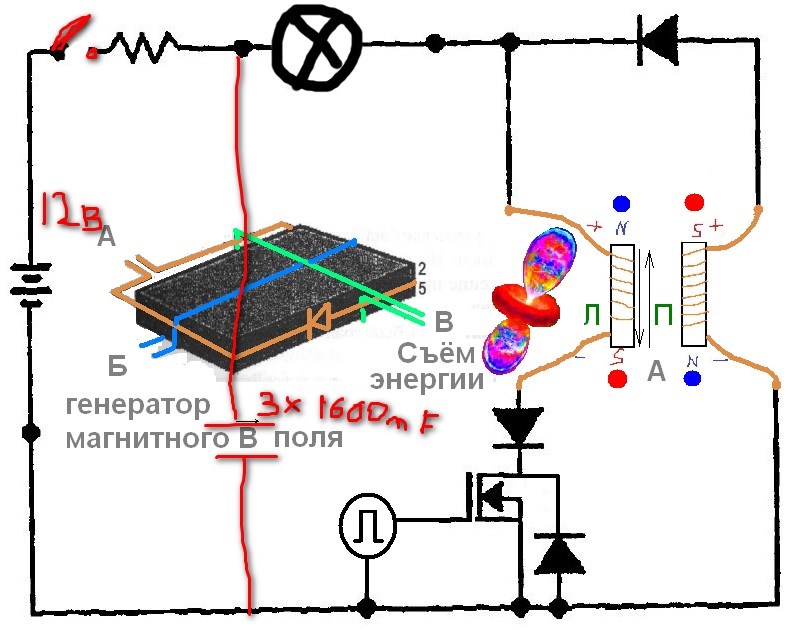
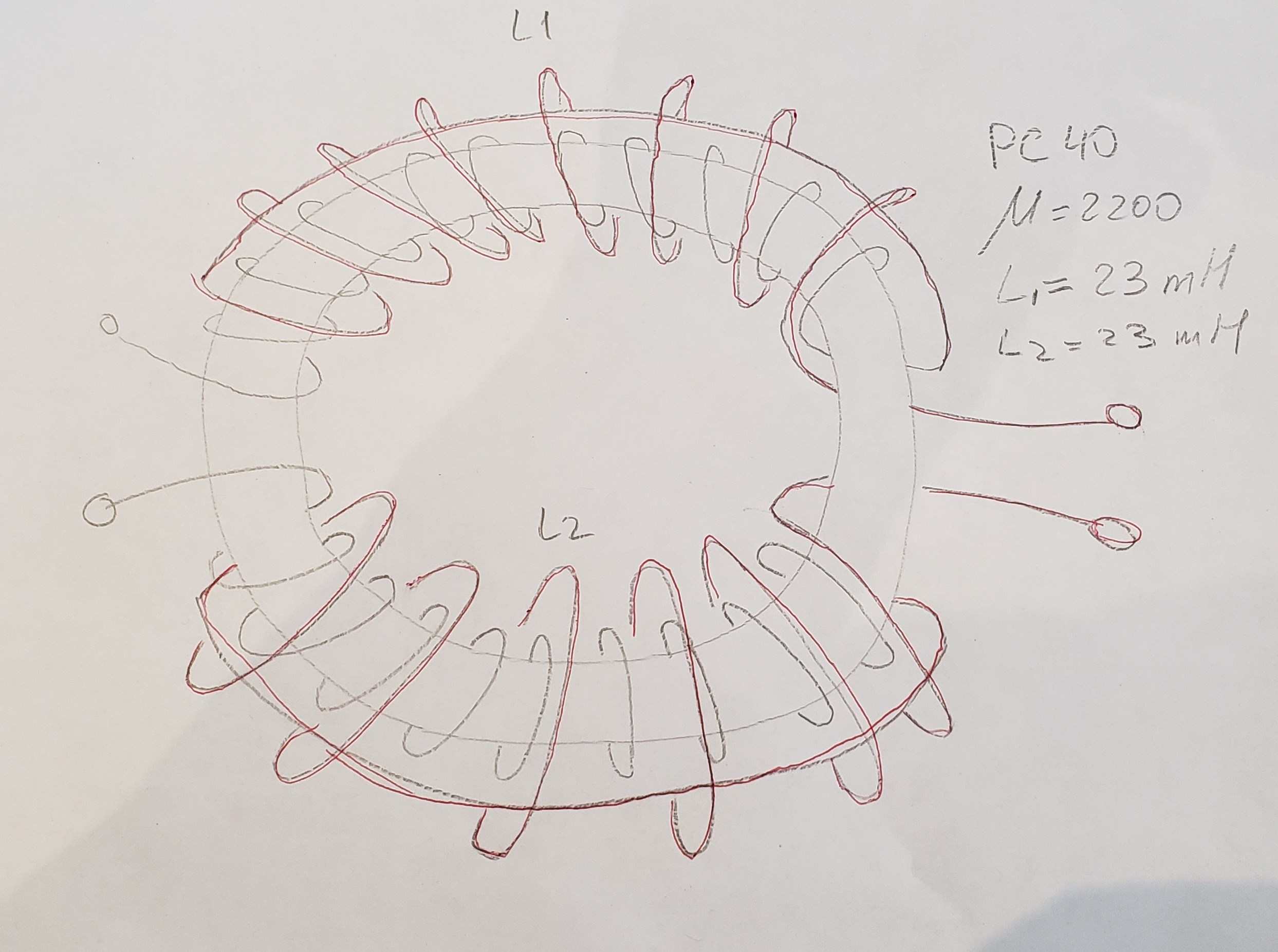
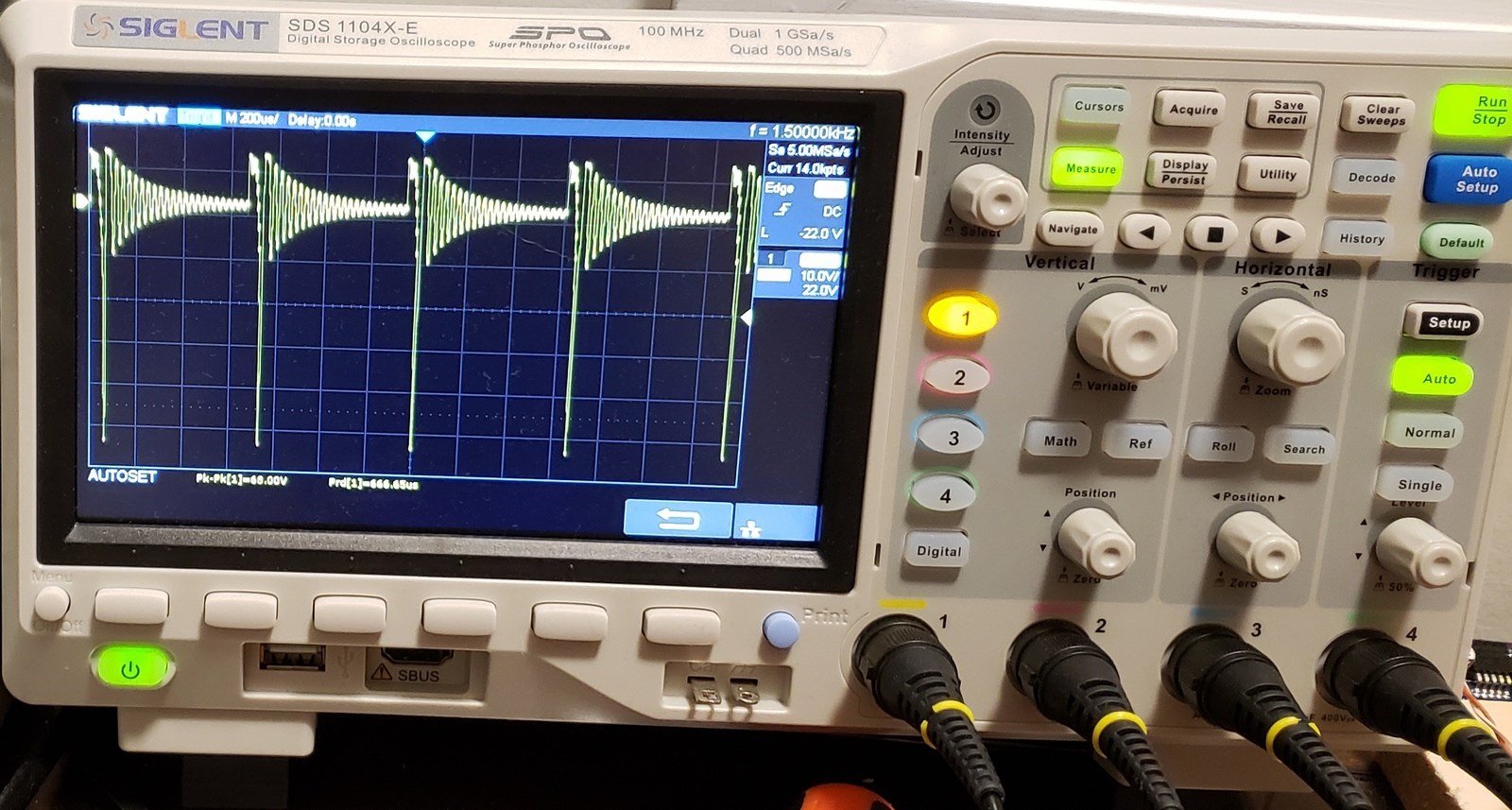
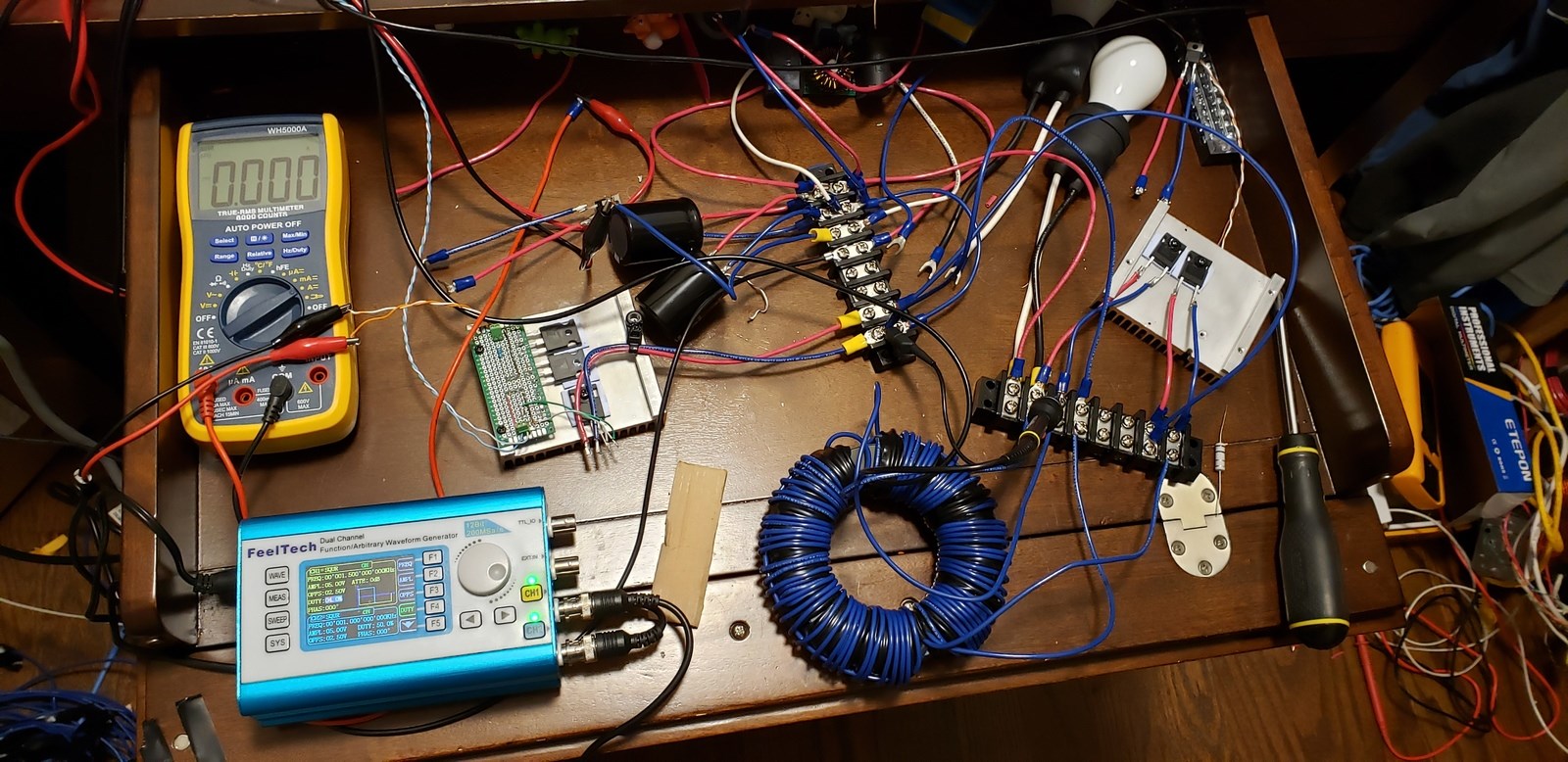

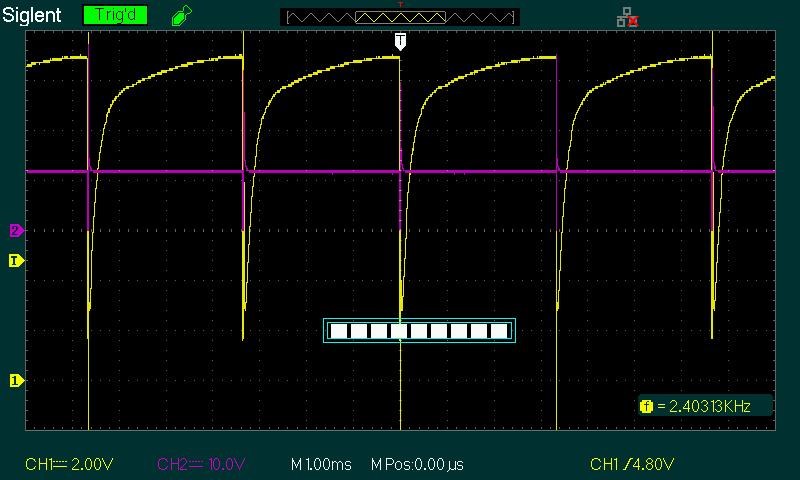
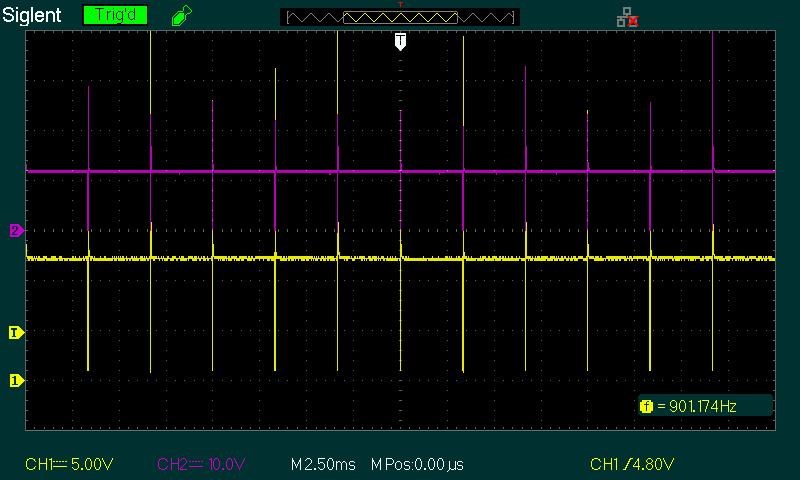
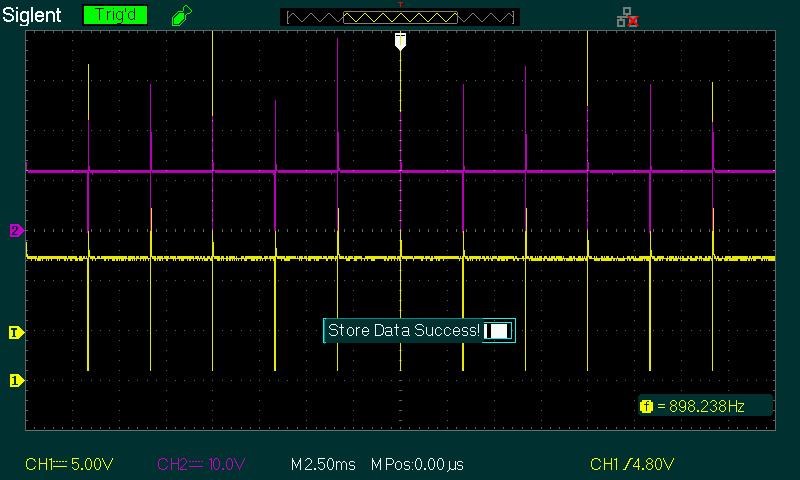
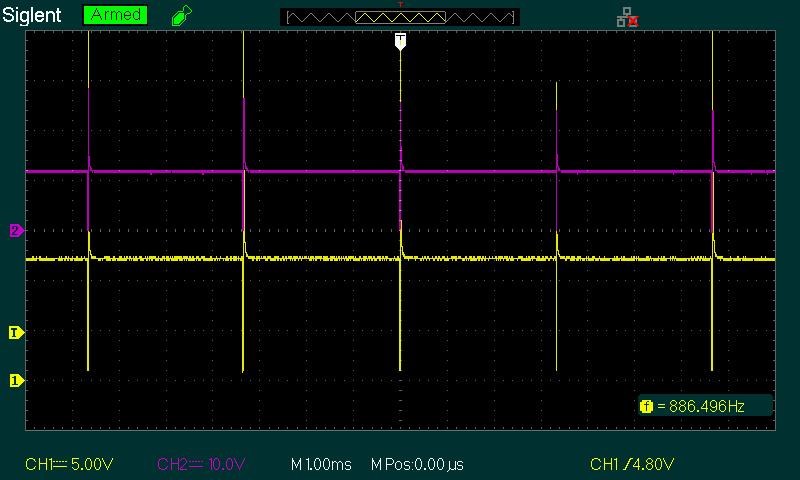
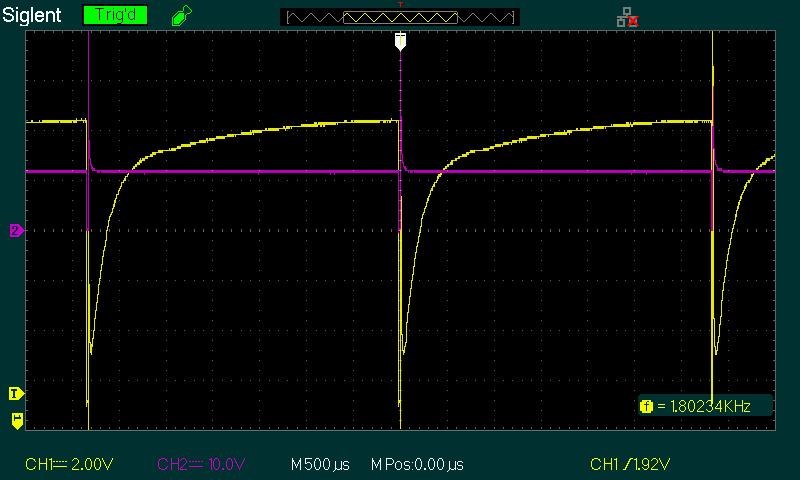
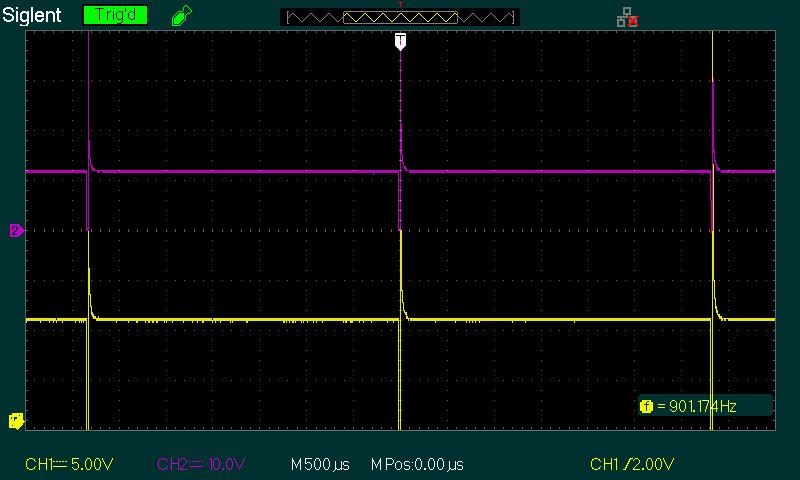 Hi all.
Hi all.

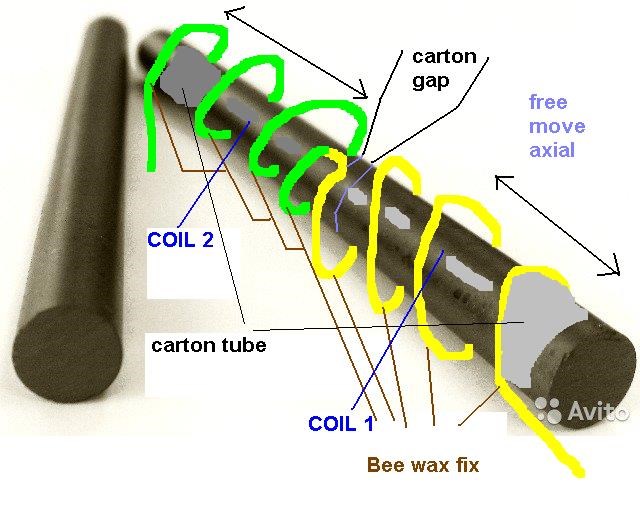
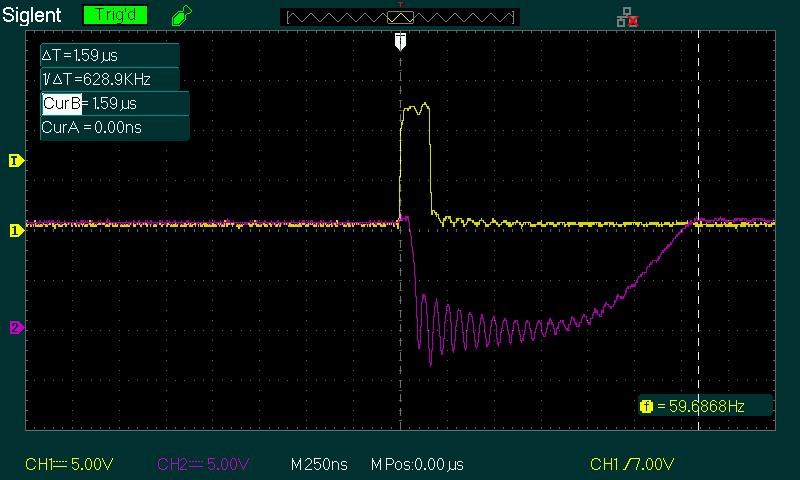

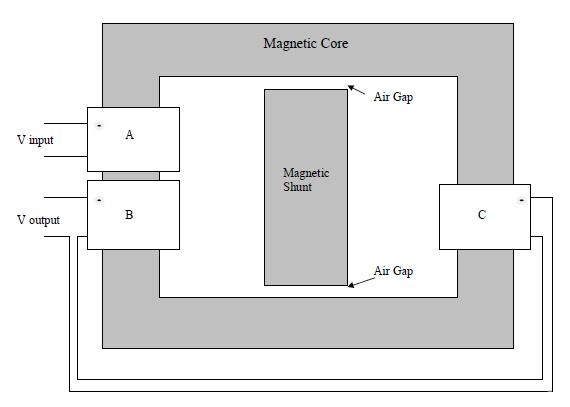


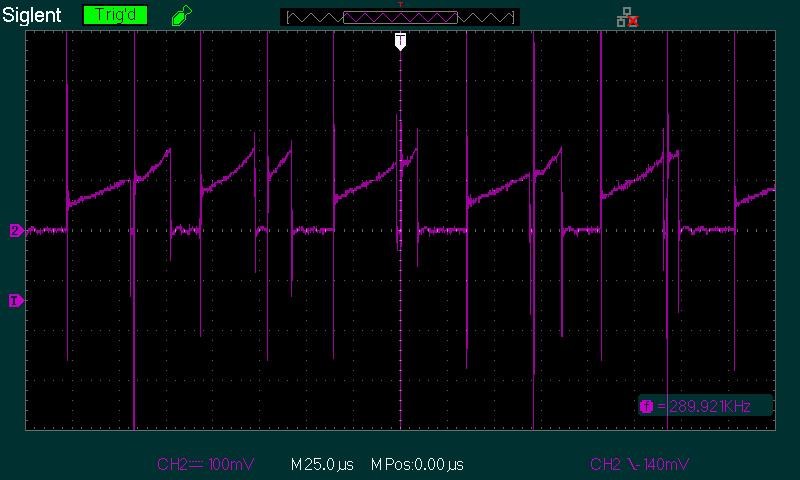
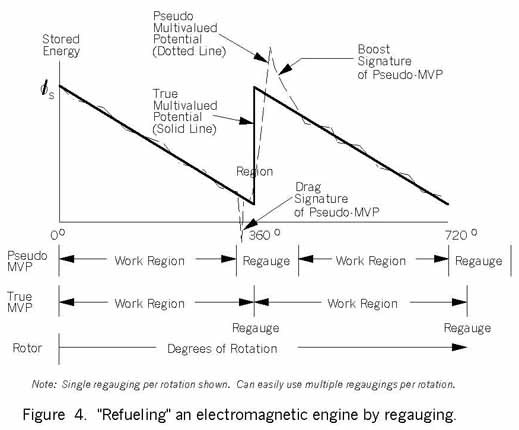
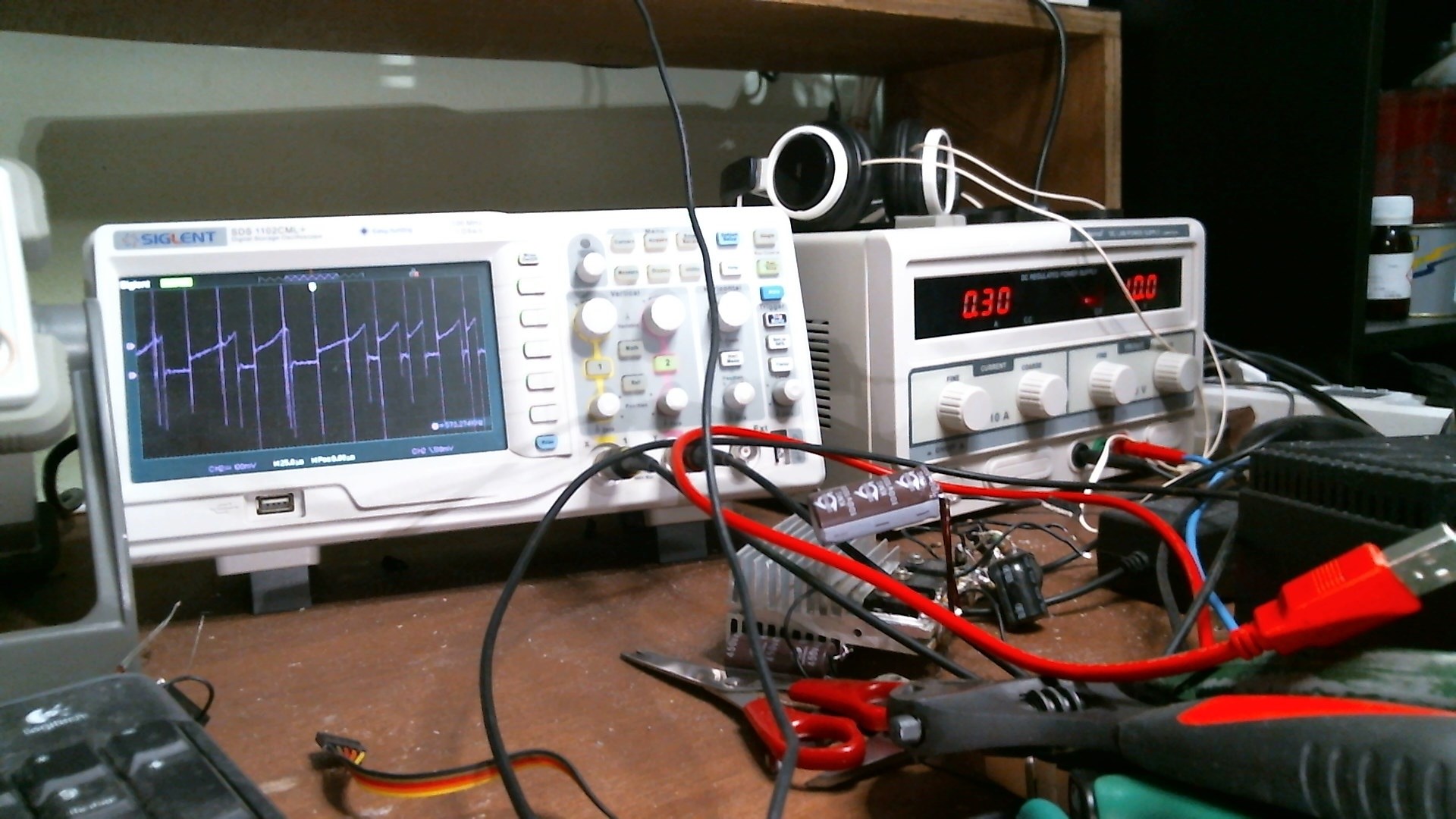
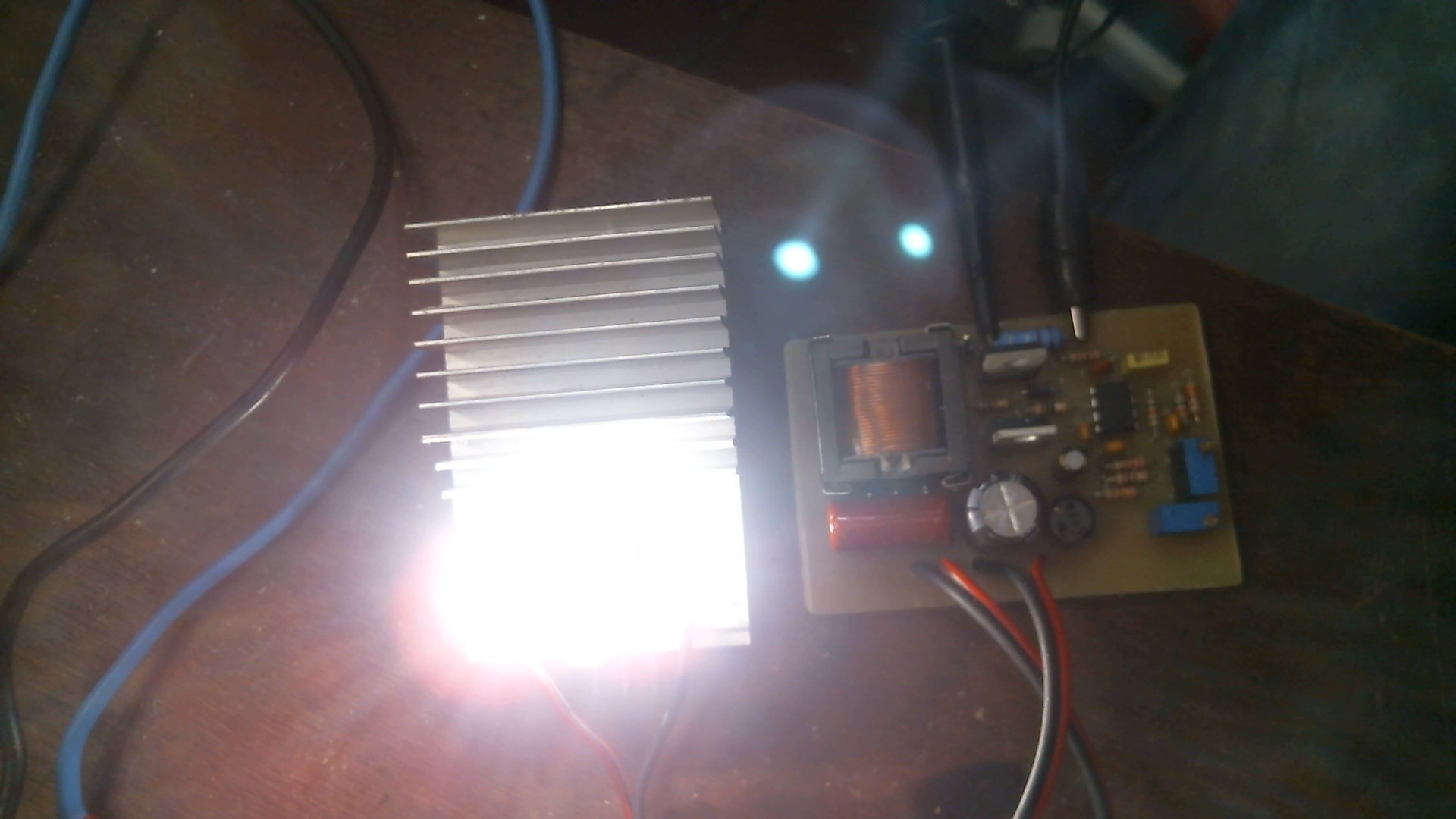 Hi all
Hi all




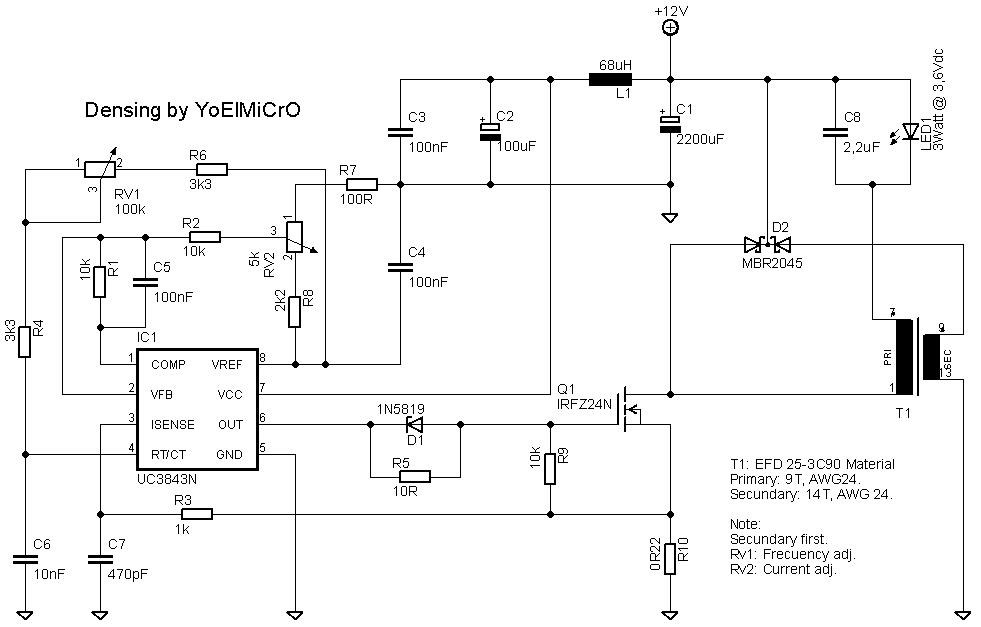
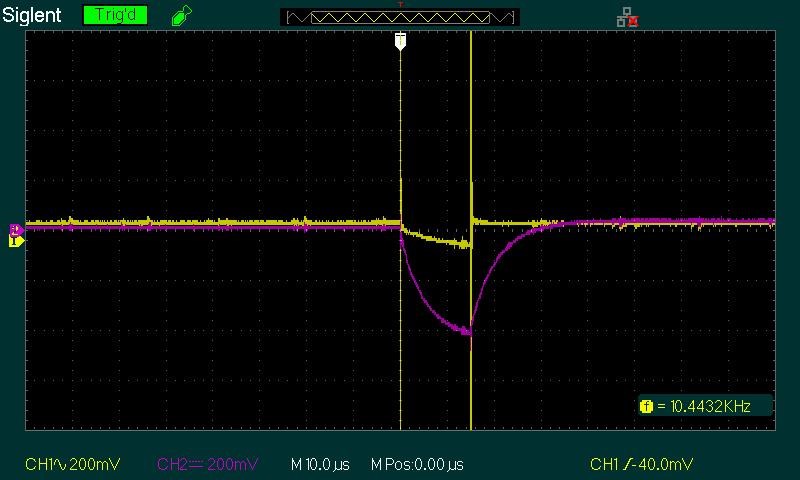

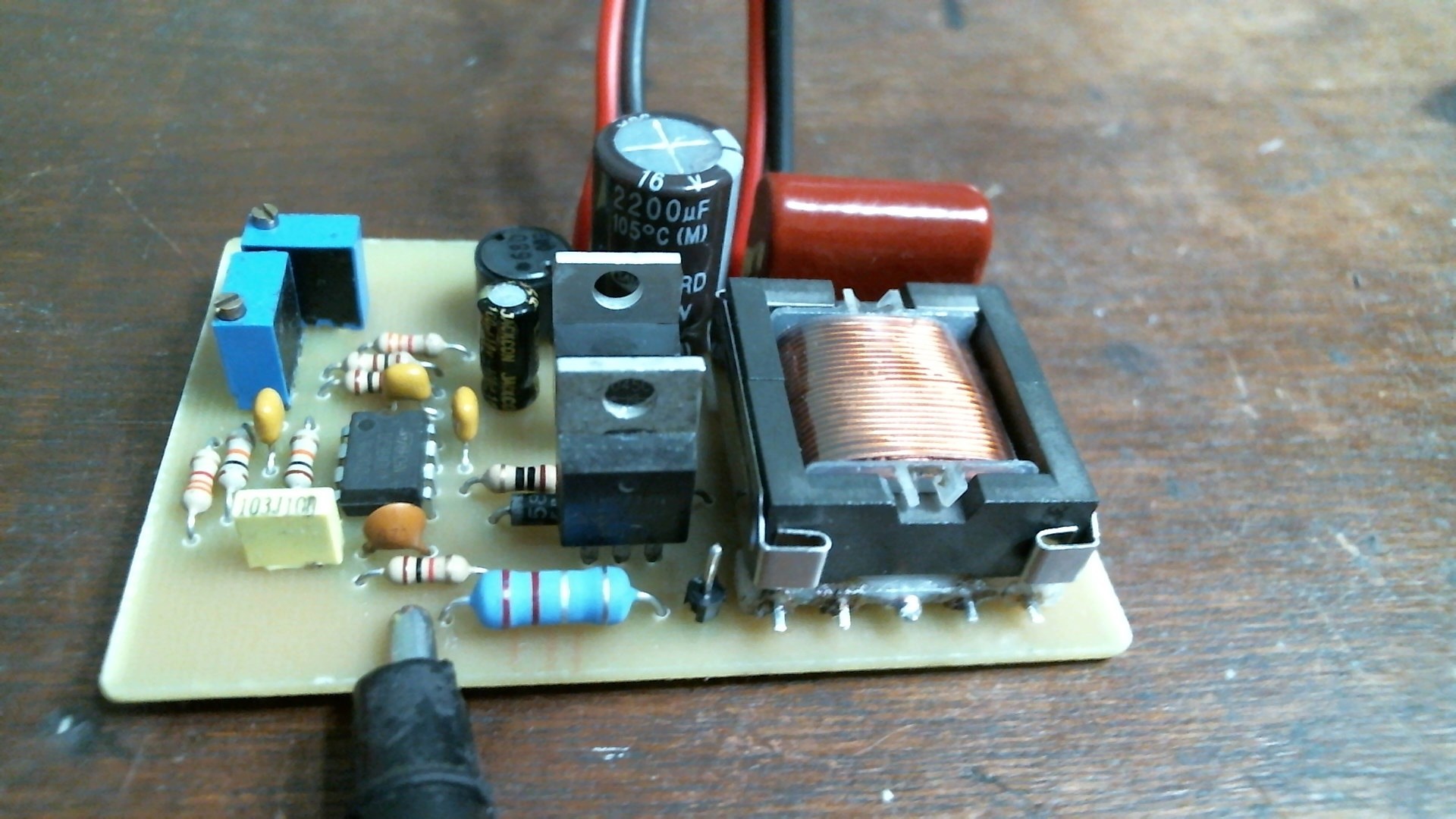
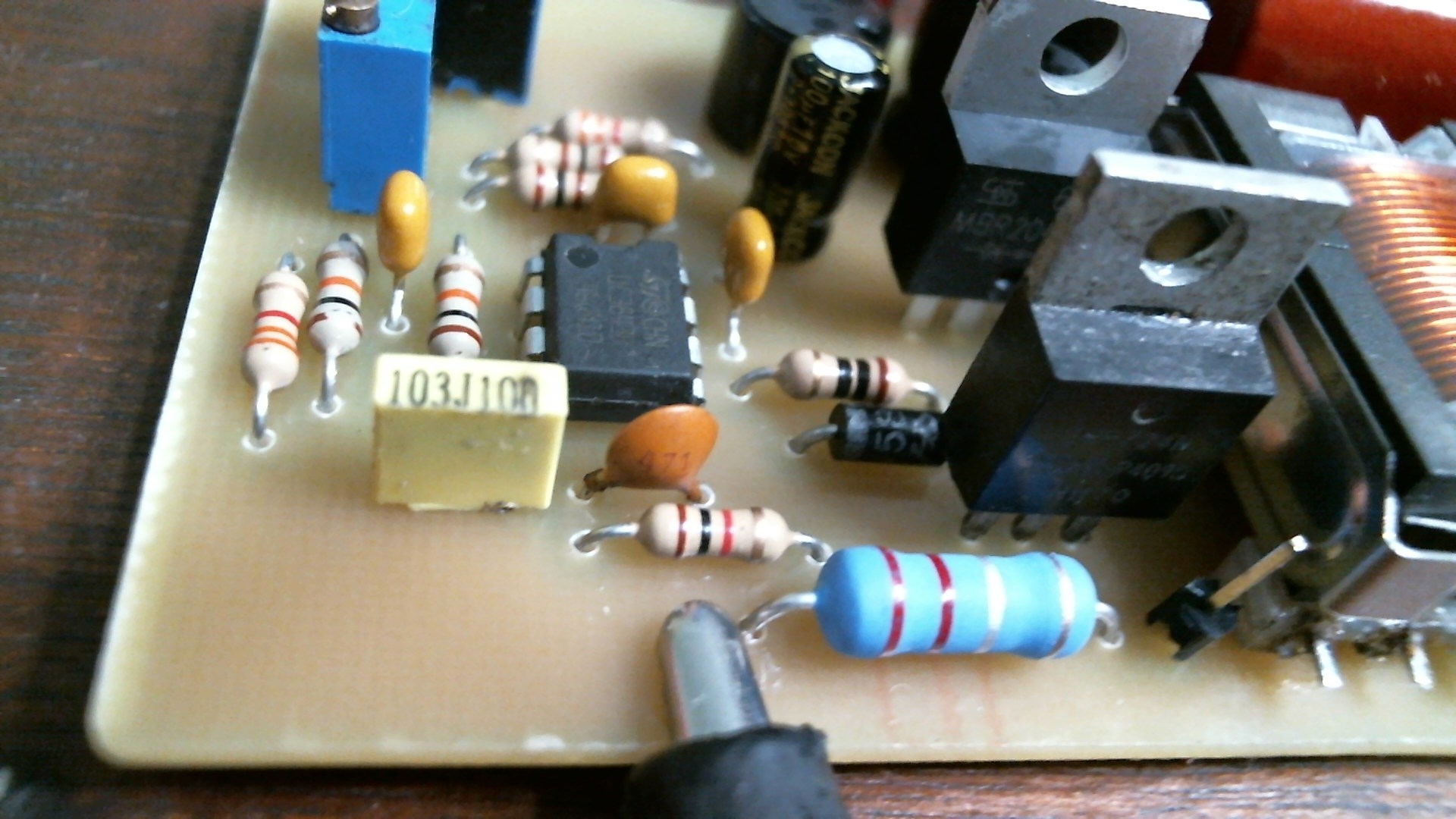


.jpg?width=690&upscale=false)


.jpg?width=20&crop=0,0,20,20)



---open-tesla-research.jpg?width=20&crop=0,0,20,20)

